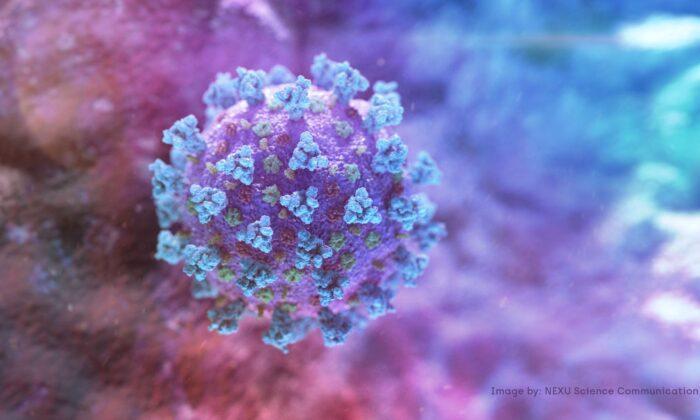Researchers at the National Institute of Health (NIH) have identified the key genomic feature of the CCP virus that differentiates it from other coronavirus causing less severe diseases.
This will help scientists to detect animal coronaviruses that can cause diseases in humans and prevent future outbreaks.
“Similarly, the closest known relative of SARS-CoV-2 is a bat coronavirus, but the specific route of transmission from bats to humans remains unclear,” said the research paper adding that the findings will help in future interventions.
Koonin said his team of researchers has identified several features that differentiate the CCP virus from less virulent coronaviruses and this could help study pathogenicity in humans.
“The actual demonstration of the relevance of these findings will come from direct experiments that are currently getting underway,” he said.
The research was done using integrated comparative genomics and machine learning techniques and the features identified correlated to the high fatality rate of these coronaviruses and their transmission from animal to human hosts.
“This innovative research is critical to improve researchers’ understanding of SARS-CoV-2 and aid in the response to COVID-19,” said NLM Director Patricia Flatley Brennan.






Friends Read Free